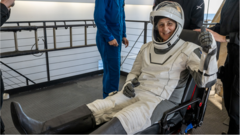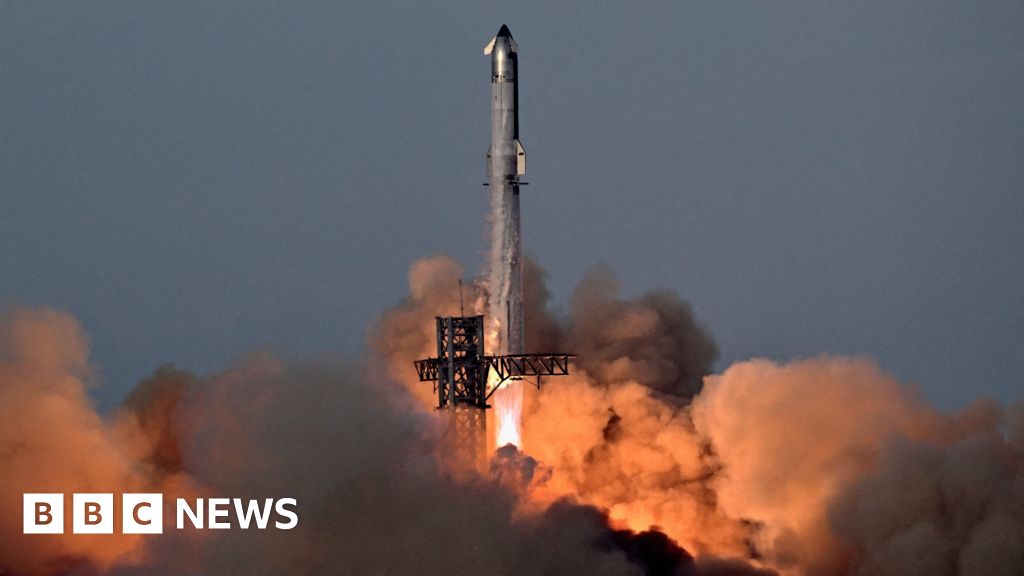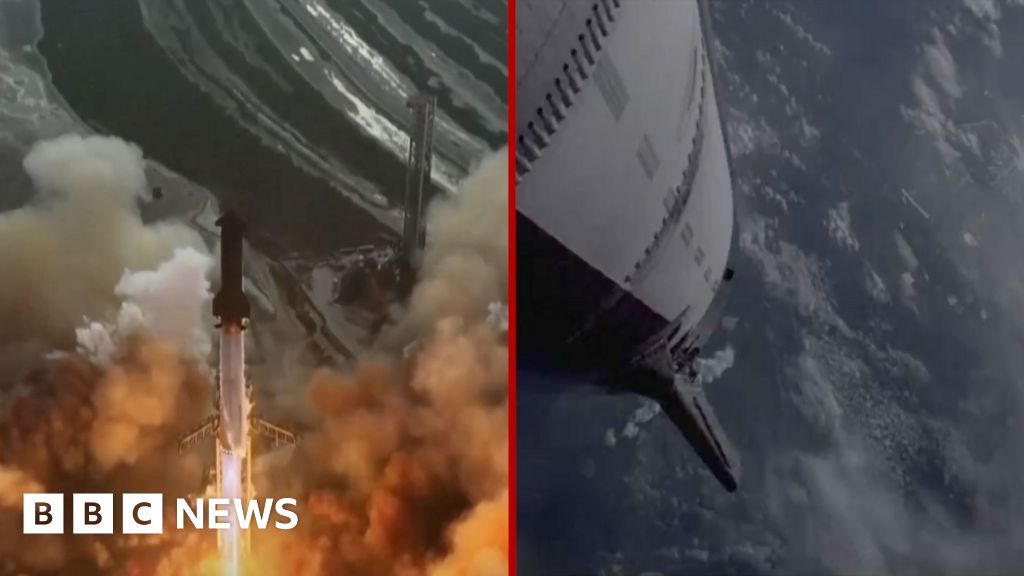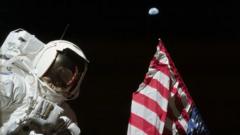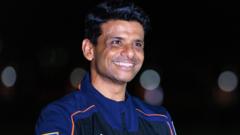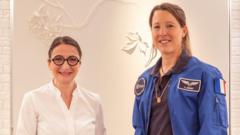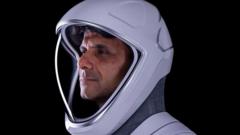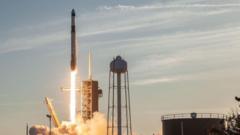After a challenging nine months orbiting the Earth, NASA astronauts Butch Wilmore and Suni Williams are finally back on solid ground. Their return journey, facilitated by a SpaceX capsule, featured a fast-paced and intense re-entry into Earth's atmosphere, before safely splashing down off the coast of Florida, much to the delight of onlookers, including playful dolphins.
The duo, who alongside fellow astronaut Nick Hague and Russian cosmonaut Aleksandr Gorbunov, expressed their joy upon arrival. NASA’s Commercial Crew Program manager, Steve Stich, reported positively on the crew's well-being at a subsequent news conference, noting the mission had initially intended to last only eight days but was forced to extend due to unforeseen technical difficulties with their initial spacecraft.
“It’s wonderful to have Crew 9 home, with a landing that was nothing short of beautiful,” stated Joel Montalbano, a key figure at NASA’s Space Operations Mission Directorate. Acknowledging the astronauts’ resilience and hard work, he emphasized SpaceX’s role as an essential partner in the mission's success.
Their journey home was a lengthy 17 hours. In adherence to safety protocols, the astronauts were transported on stretchers post-landing to prepare them for assessments by medical personnel, before they are reunited with their families and friends—a moment many, including Helen Sharman, Britain’s first astronaut, highlighted as an important and emotional occasion.
This journey began in June 2024 with a planned test flight of the Starliner spacecraft. However, due to technical issues that delayed their return, NASA had to employ a SpaceX capsule for their homecoming. While initially marked as potentially "stranded," the astronauts always had safe options to return in case of emergency.
While aboard the International Space Station (ISS), Butch and Suni successfully executed various scientific experiments and spacewalks, the latter culminating in Suni breaking the record for the most spacewalk hours by a woman. Adding a festive atmosphere to their extended stay, the crew even donned Santa hats during Christmas—an occasion they originally anticipated to celebrate with family back home.
Now back on Earth, Butch and Suni will be going to the Johnson Space Center in Houston for medical evaluations. As the effects of long-term space missions are well documented—ranging from muscle atrophy to altered blood circulation—the astronauts face a rigorous rehabilitation protocol to readjust their bodies to Earth’s gravity.
British astronaut Tim Peake articulated the challenges of re-acclimatization, comparing the feeling in space to a holiday, but also cautioning about the need for consistent exercise to prepare for the demands of Earth's gravity.
Reflecting on their extended mission and the challenges faced, Suni Williams expressed enthusiasm for home, citing her eagerness to reunite with loved ones and embrace the comforts of Earth, including a longed-for swim in the ocean.
The duo, who alongside fellow astronaut Nick Hague and Russian cosmonaut Aleksandr Gorbunov, expressed their joy upon arrival. NASA’s Commercial Crew Program manager, Steve Stich, reported positively on the crew's well-being at a subsequent news conference, noting the mission had initially intended to last only eight days but was forced to extend due to unforeseen technical difficulties with their initial spacecraft.
“It’s wonderful to have Crew 9 home, with a landing that was nothing short of beautiful,” stated Joel Montalbano, a key figure at NASA’s Space Operations Mission Directorate. Acknowledging the astronauts’ resilience and hard work, he emphasized SpaceX’s role as an essential partner in the mission's success.
Their journey home was a lengthy 17 hours. In adherence to safety protocols, the astronauts were transported on stretchers post-landing to prepare them for assessments by medical personnel, before they are reunited with their families and friends—a moment many, including Helen Sharman, Britain’s first astronaut, highlighted as an important and emotional occasion.
This journey began in June 2024 with a planned test flight of the Starliner spacecraft. However, due to technical issues that delayed their return, NASA had to employ a SpaceX capsule for their homecoming. While initially marked as potentially "stranded," the astronauts always had safe options to return in case of emergency.
While aboard the International Space Station (ISS), Butch and Suni successfully executed various scientific experiments and spacewalks, the latter culminating in Suni breaking the record for the most spacewalk hours by a woman. Adding a festive atmosphere to their extended stay, the crew even donned Santa hats during Christmas—an occasion they originally anticipated to celebrate with family back home.
Now back on Earth, Butch and Suni will be going to the Johnson Space Center in Houston for medical evaluations. As the effects of long-term space missions are well documented—ranging from muscle atrophy to altered blood circulation—the astronauts face a rigorous rehabilitation protocol to readjust their bodies to Earth’s gravity.
British astronaut Tim Peake articulated the challenges of re-acclimatization, comparing the feeling in space to a holiday, but also cautioning about the need for consistent exercise to prepare for the demands of Earth's gravity.
Reflecting on their extended mission and the challenges faced, Suni Williams expressed enthusiasm for home, citing her eagerness to reunite with loved ones and embrace the comforts of Earth, including a longed-for swim in the ocean.

